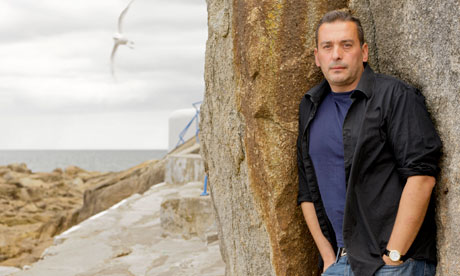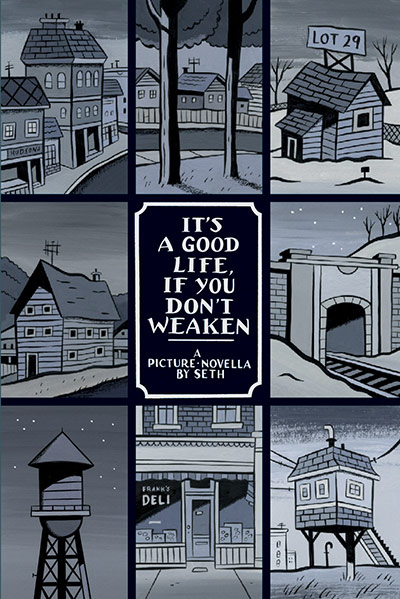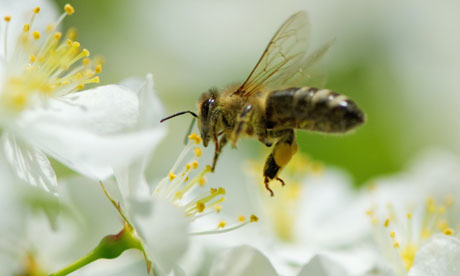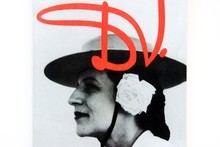
November marks both the release of the book
Heroes: 100 Poems from the New Generation of War Poets and the two-year point since I returned from Helmand province, Afghanistan, where I was attached to the Welsh Guards Battle Group during 2009.
Four of my poems are featured in the book and I am supportive of its launch and grateful to be included. Yet when I discovered the choice of title, my heart sank. The notion of heroism is the last thing motivating war poetry, be it mine or that written by the First World War poets I studied as a schoolboy. Underpinning such poetry is the urgent petition to reveal the truth that war is anything but heroic. It is a mess, bereft of the heroes of popular imagination. Afghanistan preceded by two Iraq tours forced me to confront that. And from it comes my poetry.
Previous war poetry has been written so well that I find myself questioning the use of even trying. Wilfred Owen and Siegfried Sassoon, among others, encapsulated the horrors of the First World War so viscerally: their poetry is insurmountable.
Owen's statement – "My subject is War, and the pity of War. The Poetry is in the pity" – is well known, but another line, in the same preface to his collection Poems (1920), is not: "This book is not about heroes. English Poetry is not yet fit to speak of them."
How, if that was the situation after the First World War, could it be any different with Iraq and Afghanistan? English poetry is still not fit to speak of heroes – rather, as Owen further stated: "All the poet can do today is to warn." My poem "Coward" attempts this by reflecting on the wounds of today's soldiers: "I see the surgeon's work/ The politician's choice/ The people's lot."
Sassoon, wounded twice, awarded the Military Cross and nominated for a Victoria Cross, had no time for poetic allusions to heroism. In 1917, despairing of what he had witnessed, he wrote a letter entitled "Finished with the War: A Soldier's Declaration". It was published in The Times on 31 July and read out in the House of Commons.
In it, he stated: "On behalf of those who are suffering now, I make this protest against the deception which is being practised upon them; also I believe it may help to destroy the callous complacency with which the majority of those at home regard the continuance of agonies which they do not share and which they have not enough imagination to realise."
Any reference to the heroic in Iraq and Afghanistan is a similar deception that disregards the agonies endured by both soldiers and civilians, which my poem "They Don't Seem to Realise" addresses: "It is indeed hard to say much/ Thinking of dead children/ The bags of scooped up flesh."
It appears that Owen and Sassoon's warnings have been lost among the din of today's heroic references and presentations glamourising combat. Recent book titles have included Dressed to Kill, Real Heroes: Courage Under Fire and In Foreign Fields: Heroes of Iraq and Afghanistan.
The last example appears to draw on Rupert Brooke's oft-quote "The Soldier": "If I should die, think only this of me:/ That there's some corner of a foreign field/ that is for ever England." Brooke died before seeing action. It is likely his poetry would have shifted in tone if he had lived to witness the carnage of the First World War.
This what happened to Sassoon. At first, his poetry, like Brooke's, viewed war through a romantic lens. But the poetry for which he is remembered is not cited so widely as Brooke's more palatable words. Perhaps Sassoon's preoccupation with civilian complacency strikes too close to home:
"You love us when we're heroes, home on leave...
You believe
That chivalry redeems the war's disgrace."
Owen is quoted more regularly, but often his poetry is co-opted for spurious jingoistic effect. Rarely do you encounter the last section of "Dulce et Decorum Est":
"My friend, you would not tell with such high zest
To children ardent for some desperate glory,
The old Lie: Dulce et decorum est
Pro patria mori."
That "old lie" being that it is sweet and proper to die for one's country. Though the First World War poets may never be bettered, I feel there is a need to write poetry based on the fact that people have forgotten what those poets tried to convey. Their message needs to be applied to Iraq and Afghanistan, lest we become too enamoured with such hazardous pursuits.
I've tried to achieve this in my poems, while suggesting nothing heroic. "Coward" recounts how it feels to be back among society afterwards; "They Don't Seem to Realise" focuses on your family's reaction to your behaviour; and "Stretcher Case" recalls the evacuation from our camp of a young boy who had had his foot blown off: "He just lays there, no tears/ Mouth closed, face set, awaiting/ The next step of his tragedy."
Admittedly, "The Last Supper" comes closest to the heroic, being an elegiac account of Staff Sergeant Olaf Schmid, a bomb-disposal expert who worked for the Battle Group and was killed just before his tour ended. Ultimately, though, there is little I find heroic about his last moments, defusing a bomb: "All the way to where you could not turn back/ From the blinding hot blast demanding sacrifice/ Taking away the scruffy cheerful calm."
Despite the sorrows that persist, I believe that being in the military was about protecting what I loved. This is why I will always feel enormous pride at having served in the British Army even though, nowadays, I see children with their parents and suddenly feel like crying. This is both inconvenient and bewildering. I never saw a dead child in Iraq or Afghanistan.
I didn't see much, in fact, but things still stay with you – so I keep writing the poems.
James Jeffrey, a captain in The Queen's Royal Lancers, was attached to The Welsh Guards Battle Group in Afghanistan on Operation Herrick in 2009
 “We are so grateful to Stephanie Johnson for her excellent work as acting Artistic Director and delighted to have Anne O’Brien (left) join us, in a full-time position in December,” Sarah Sandley says.
“We are so grateful to Stephanie Johnson for her excellent work as acting Artistic Director and delighted to have Anne O’Brien (left) join us, in a full-time position in December,” Sarah Sandley says.
























